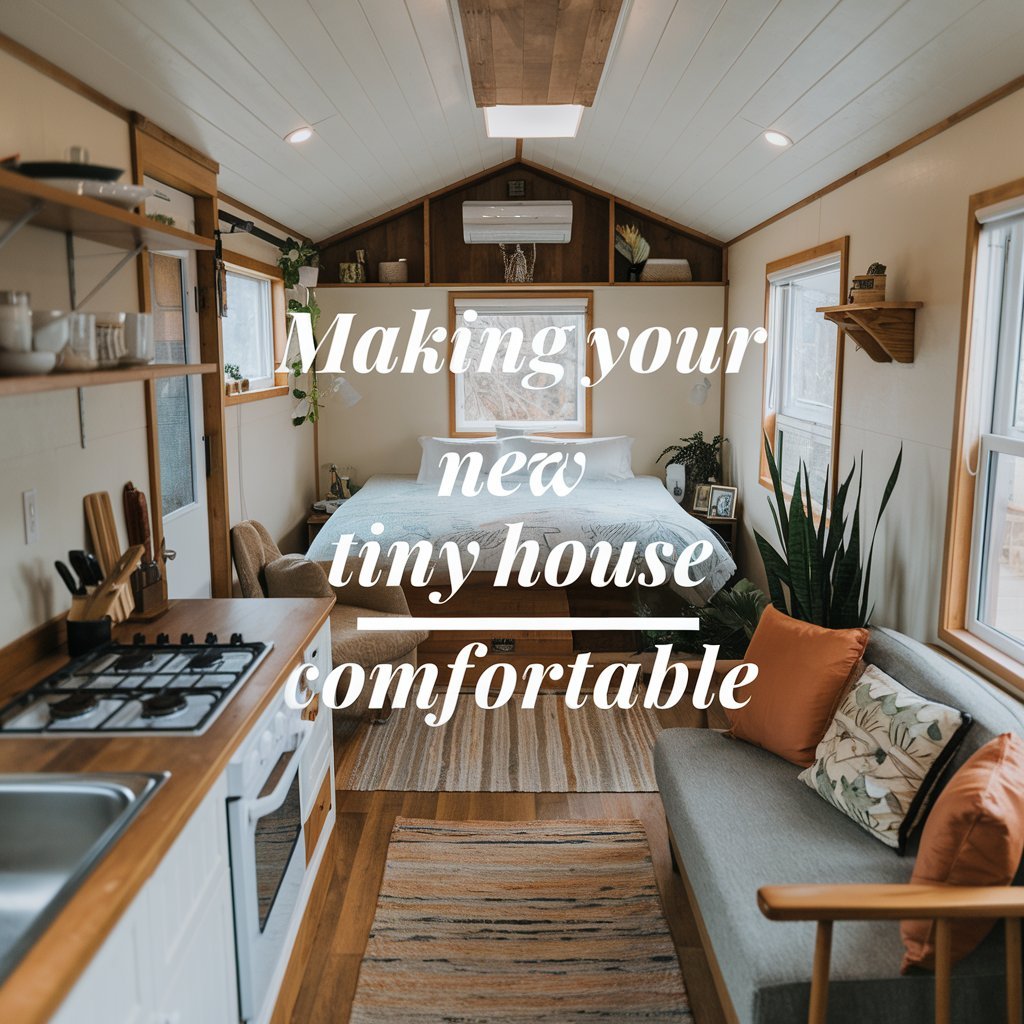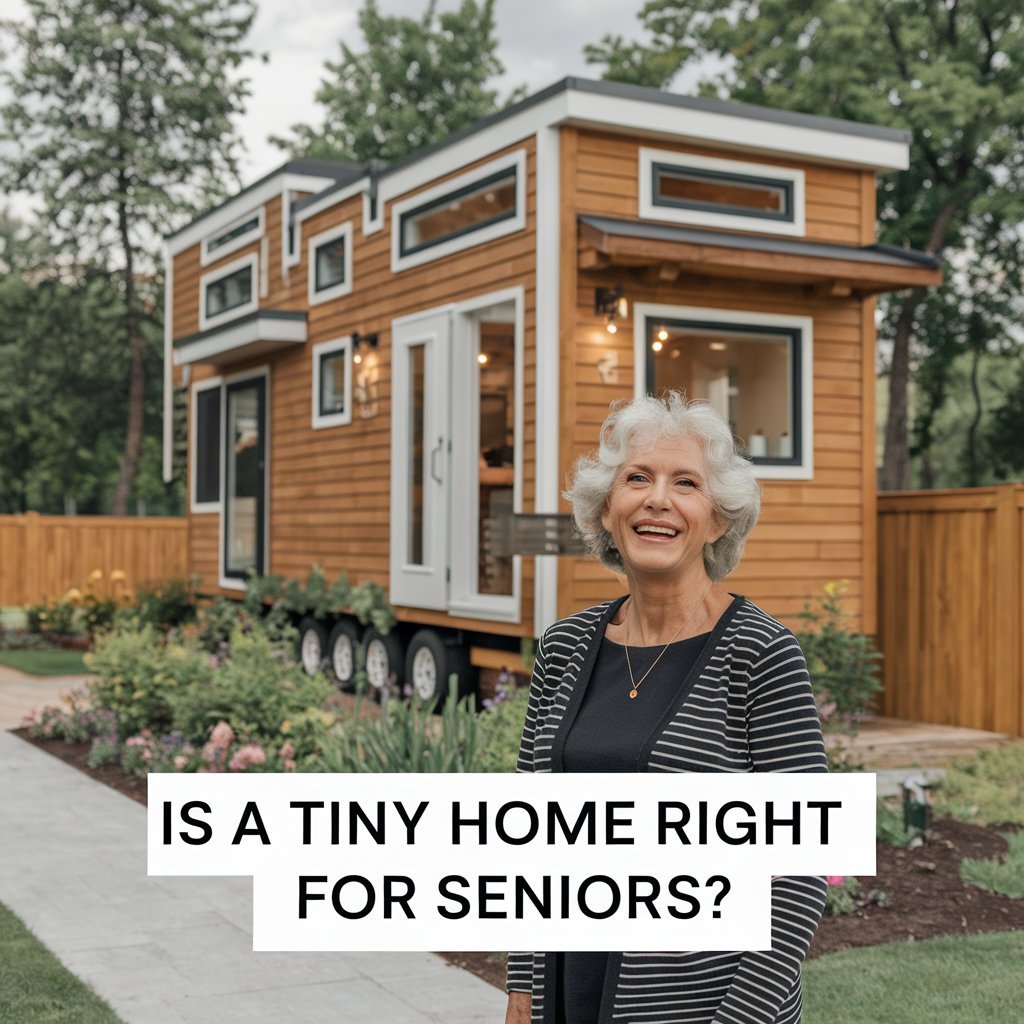Americans increasingly explore creative residential choices as property values climb. The median price for standard residences recently reached $260,000, creating challenges for first-time buyers and budget-conscious families. This shift sparks interest in innovative living spaces that prioritize efficiency without sacrificing comfort.
High-end compact dwellings now emerge as practical alternatives, often priced below 50% of conventional properties. These streamlined spaces reduce upfront investments while promoting minimalist lifestyles. Many individuals discover they can allocate funds toward experiences, travel, or savings rather than oversized square footage.
The appeal extends beyond immediate savings. Lower utility bills, reduced maintenance requirements, and flexible location options create lasting economic advantages. Environmentally conscious designs also attract those seeking sustainable living arrangements aligned with modern values.
Key Takeaways
- Standard residences average $260,000 nationally
- Premium compact models cost under half of typical home prices
- Minimalist designs decrease ongoing operational expenses
- Location flexibility enhances lifestyle possibilities
- Energy-efficient features support ecological sustainability
Introduction to Tiny Home Living
Modern dwellers are trading square footage for freedom, embracing compact living solutions that align with their values. This movement centers on purposeful design and ecological awareness, reshaping how individuals interact with their environments.

Prioritizing Purpose Over Possessions
The minimalist approach transforms residential choices into intentional acts of self-expression. By focusing on multi-functional layouts, residents discover greater flexibility in daily routines. Storage solutions double as seating areas, while foldable furniture maximizes utility.
Environmental stewardship becomes inherent in smaller spaces. Reduced energy needs and efficient material usage create measurable ecological benefits. Many compact dwellings incorporate solar panels and rainwater systems as standard features.
Shifting Priorities Across Generations
Young professionals seek mortgage-free lifestyles that enable career flexibility. Empty nesters often transition to simplified spaces after children leave. This cross-generational appeal highlights shared desires for financial autonomy and reduced maintenance burdens.
| Age Group | Primary Motivation | Preferred Feature |
|---|---|---|
| 25-34 | Debt avoidance | Mobile foundations |
| 45-54 | Downsizing | Accessibility design |
| 65+ | Retirement budgeting | Low-maintenance materials |
Community-driven developments now integrate shared gardens and communal workshops. These collaborative spaces foster connections while maintaining private living quarters. The model proves particularly popular in urban areas with limited affordable options.
Exploring Traditional Home Costs
Homeownership remains a cornerstone of the American dream, but financial realities shape modern decisions. The national median for residential properties stands at $260,000, with significant regional fluctuations. Purchasers must consider multiple elements beyond the sticker figure when evaluating affordability.

Breaking Down Purchase Components
Land acquisition often represents 20-30% of total expenditures in many markets. Construction materials and skilled labor add substantial amounts, influenced by supply chain dynamics and local wage rates. Existing utility connections provide immediate functionality but factor into pricing structures.
Regional differences dramatically affect valuations. Coastal urban centers frequently see prices triple national averages, while rural areas offer more accessible entry points. School district quality and proximity to amenities remain key value drivers for most buyers.
Long-term financial commitments accompany standard 15 or 30-year mortgage agreements. These payment schedules accumulate interest over decades, increasing total spending beyond principal amounts. Property taxes and insurance premiums further impact annual budgets, requiring careful planning.
Cost Comparison: Tiny House vs. Traditional Home
Financial planning for housing requires understanding value distribution across living spaces. Compact dwellings prioritize essential functional areas while minimizing underutilized zones. This approach reshapes how budgets allocate funds for residential needs.

Where Your Money Goes
Kitchens and bathrooms consume 40-60% of construction budgets due to plumbing and appliance requirements. These high-value zones exist in both compact and conventional dwellings. The difference lies in eliminating seldom-used square footage that inflates total expenses.
| Expense Category | Compact Dwellings | Standard Homes |
|---|---|---|
| Kitchen/Bath % | 55% | 35% |
| Living Areas % | 30% | 25% |
| Bedrooms % | 15% | 20% |
| Empty Space % | 0% | 20% |
Smaller spaces average $300 per square foot versus $150 for larger properties. However, total build prices typically fall below $100,000 – a 60-80% reduction from median home values. This gap allows substantial capital reallocation.
Savings from streamlined designs create financial flexibility. Many owners redirect $200,000+ toward retirement accounts or experiential priorities. Strategic investments compound these advantages over decades, turning spatial efficiency into long-term wealth-building opportunities.
Analyzing Construction and Material Expenses
Efficient building practices reshape how modern residences allocate resources. Strategic planning focuses on essential elements while eliminating unnecessary expenditures. Smaller footprints demand innovative solutions that maximize utility per square foot.

Square Footage and Material Usage
Reduced square footage slashes material needs by 60-80% compared to standard builds. Bathrooms and kitchens retain full functionality with identical appliances and fixtures. The key difference lies in eliminating unused zones like hallways and formal dining areas.
| Component | Compact Build | Standard Home |
|---|---|---|
| Wall Materials | 400 sq ft | 2,100 sq ft |
| Flooring | 200 sq ft | 1,500 sq ft |
| Roof Structure | 150 sq ft | 1,800 sq ft |
This focused approach lets builders invest in upgraded finishes within budget. Space-saving designs use multipurpose features like foldable countertops and loft storage.
Labor, Time, and Overall Build Costs
Experienced crews complete compact projects in 8-14 weeks versus 6-12 months for conventional homes. Specialized building techniques reduce labor hours by 40% while maintaining quality standards. Electrical and plumbing systems require precise layouts but use shorter supply lines.
Skilled artisans become crucial when working with limited square footage. Their expertise ensures code compliance and livability in condensed spaces. These efficiencies make streamlined residences practical for diverse climates and lifestyles.
Understanding Additional Financial Benefits
Financial advantages extend beyond initial savings for those choosing compact living. Ownership classifications create lasting differences in annual obligations and payment structures. This section explores how legal distinctions and loan types impact long-term budgets.

Property Taxes and Ownership Status
Most compact dwellings avoid real estate classification, falling under personal property regulations. Owners pay a single DMV registration fee instead of yearly taxes tied to land values. Traditional homeowners face recurring payments averaging $2,500 annually across the U.S.
| Expense Type | Compact Dwellings | Standard Properties |
|---|---|---|
| Registration Fee | $120 (one-time) | N/A |
| Annual Property Tax | $0 | $2,500+ |
Loan Structures and Payment Timelines
RVIA-certified models qualify for recreational vehicle financing with 7-year terms. These agreements typically feature:
- Lower total interest payments
- Faster debt elimination
- Flexible relocation options
Traditional 30-year mortgages accumulate 3-4x the principal amount in interest. Compact owners often achieve full ownership in less than a decade, freeing income for other priorities. This time advantage proves particularly valuable for early retirement planning.
Energy Efficiency and Utility Savings
Reducing environmental impact starts with smarter energy use in residential spaces. Compact designs naturally require fewer resources for temperature control, creating lasting advantages for both budgets and ecosystems.

Power Usage and Sustainable Solutions
Smaller square footage slashes heating and cooling demands by up to 80%. Strategic insulation methods maintain consistent indoor climates across seasonal extremes. High R-value materials in floors, walls, and ceilings prevent energy leaks better than standard home construction.
| Utility Type | Compact Dwellings | Standard Homes |
|---|---|---|
| Heating | $40/month | $150/month |
| Cooling | $30/month | $120/month |
| Electricity | $25/month | $90/month |
| Water | $15/month | $50/month |
Double-glazed windows and efficient HVAC systems amplify these savings. Many owners report annual utility bills under $1,500 compared to $5,000+ for conventional properties.
Renewable upgrades take efficiency further. Solar panel arrays often cover 100% of power needs in sun-rich regions. Rainwater collection systems reduce water expenses by 60% when paired with low-flow fixtures.
Simpler mechanical systems mean fewer repairs over time. Compact water heaters and mini-split AC units last longer due to reduced workload. This lower maintenance requirement adds $200-$500 yearly savings through avoided service calls.
Mobility, Zoning, and Lifestyle Considerations
Navigating residential regulations becomes crucial when exploring alternative housing options. Legal frameworks vary significantly across municipalities, requiring thorough research before committing to specific designs or locations.

Regulatory Requirements and Documentation
Local ordinances dictate where compact dwellings can reside. Some areas classify wheel-based units as temporary structures, while others permit permanent foundations. Always verify minimum square footage rules and utility connection mandates.
| Area Type | Minimum Sq Ft | Foundation Type | Permit Required |
|---|---|---|---|
| Rural | None | Wheels OK | No |
| Suburban | 400 | Permanent | Yes |
| Urban | 600 | Fixed | Yes |
| Unincorporated | None | Any | Varies |
Insurance providers require RVIA or NOAH certification for coverage eligibility. Non-certified builds face limited policy options and higher premiums. Always consult local authorities before finalizing construction plans.
Social Dynamics and Location Options
Purpose-built communities create supportive networks for like-minded residents. These developments often feature shared amenities while maintaining private living quarters. Mobile foundations enable relocation, though frequent moves strain structural integrity.
| Community Type | Utilities Included | Lease Terms | Common Features |
|---|---|---|---|
| Tiny House Villages | Yes | Annual | Workshops, gardens |
| RV Parks | Partial | Monthly | Laundry, pools |
| Private Properties | No | N/A | ADU regulations |
Strategic placement near employment centers or natural settings enhances lifestyle flexibility. This geographical freedom appeals to remote workers and adventure seekers alike, fostering diverse social connections.
Conclusion
Innovative housing solutions challenge conventional notions, with tiny house living offering freedom through intentional design. Adopting compact residences provides financial flexibility through investments often 60% below standard properties. Reduced utility and maintenance demands create lasting economic benefits.
These dwellings empower eco-conscious choices and location independence. Many owners strengthen community ties while minimizing environmental impact. The freedom to relocate or embrace minimalism attracts adventure-seekers and simplicity advocates.
While not ideal for everyone, this path offers viable ownership opportunities. Prospective buyers should assess spatial needs, local regulations, and lifestyle goals. Your perfect home reflects both practical requirements and personal values in today’s evolving world.



